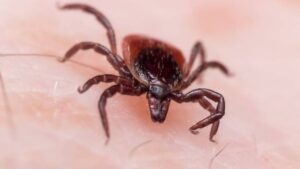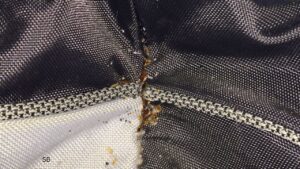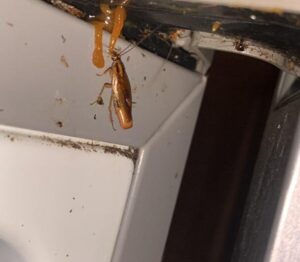Call: +2347084421068
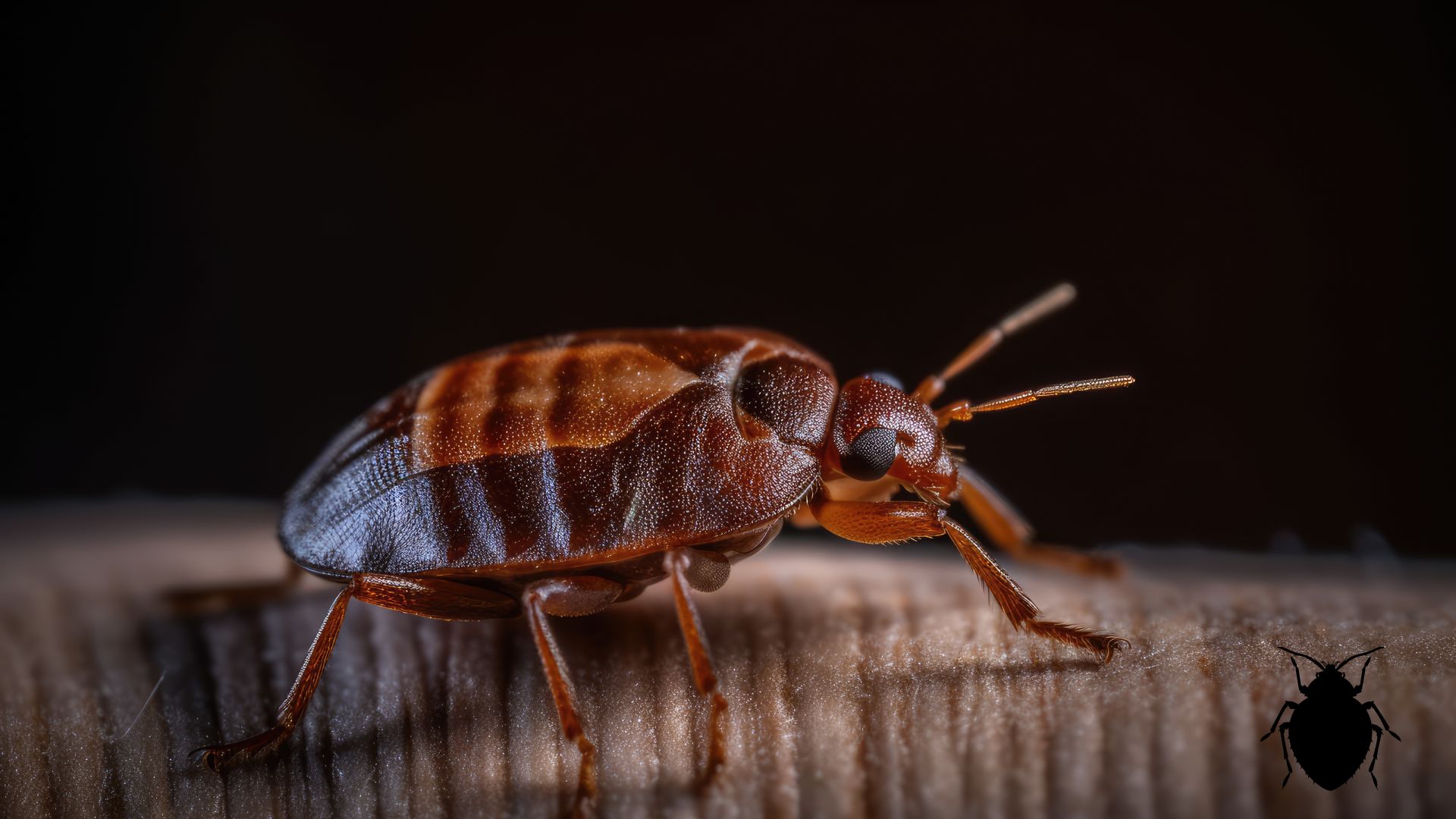
Bed bugs are resilient pests that have coexisted with humans for thousands of years. Although they are not known to transmit diseases, their bites can cause discomfort and allergic reactions in some individuals. If you suspect a bed bug infestation in your home, understanding the signs, prevention strategies, and control methods is crucial for effective management.
What Are Bed Bugs?
Bed bugs (Cimex lectularius) are small, flat, wingless insects that are reddish-brown in color. They are approximately one-quarter inch long before feeding—similar in size and shape to a small apple seed. Their flattened bodies allow them to hide easily in various locations, making them difficult to detect.

Where Do Bed Bugs Hide?
Bed bugs are nocturnal creatures that prefer to hide during the day. Common hiding spots include:
- Mattress seams and box springs
- Bed frames and headboards
- Cracks and crevices in walls, floors, and furniture
- Baseboards and carpets
- Luggage and personal belongings brought into the home
Signs of Bed Bugs
Detecting a bed bug infestation early is vital for successful control. Look for the following signs:
- Bites: Red, itchy welts on the skin, typically in clusters or lines, can indicate bed bug bites.
- Blood Stains: Small blood spots on sheets or mattresses from crushed bugs or feeding.
- Fecal Spots: Dark, pepper-like spots on bedding or furniture, which are bed bug excrement.
- Eggs and Shells: Tiny, white eggs (about the size of a pinhead) and shed skins can often be found in their hiding spots.
- Unpleasant Odor: A musty smell may be present in areas with a high concentration of bed bugs.
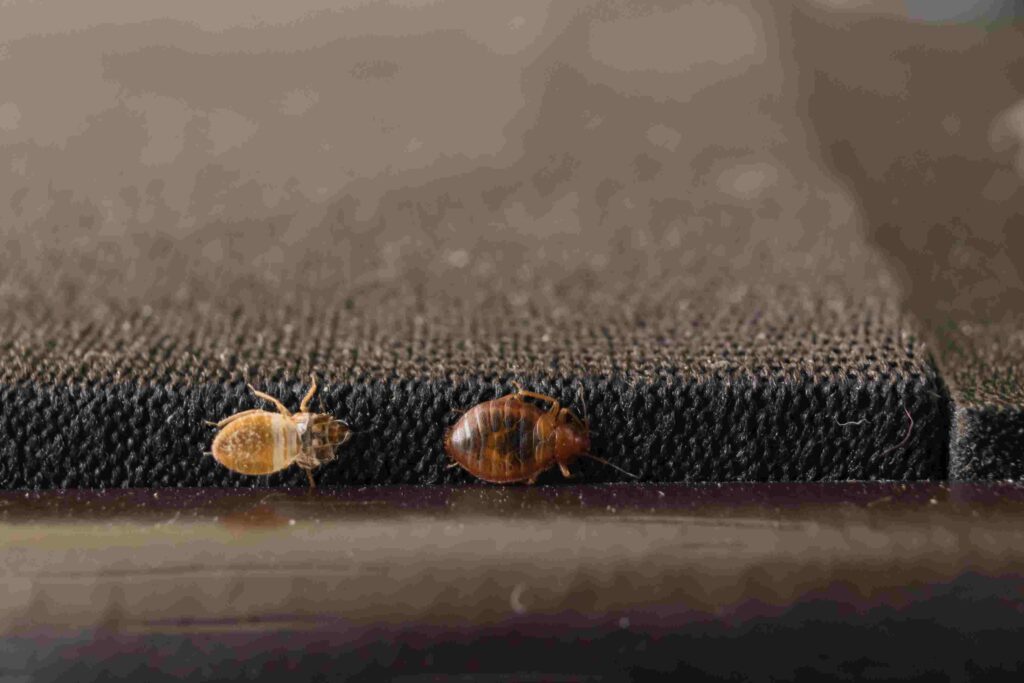
Prevention Strategies
Preventing a bed bug infestation is more effective than dealing with one. Here are some strategies to minimize the risk:
1. Be Cautious When Traveling
- Inspect hotel rooms thoroughly before settling in. Check the mattress seams, headboard, and furniture for any signs of bed bugs.
- Keep luggage elevated and away from the bed and furniture. Consider using luggage encasements.
2. Use Protective Covers
- Invest in bed bug-proof mattress and pillow encasements. These covers trap any existing bugs and prevent new ones from taking refuge.
3. Declutter Regularly
- Reduce clutter in your home to minimize hiding spots for bed bugs. This makes it easier to spot and eliminate potential infestations.
4. Regular Cleaning
- Vacuum frequently, especially in areas where pets sleep and around furniture. Dispose of the vacuum contents immediately.
- Wash and dry bed linens, blankets, and clothing on high heat regularly.
5. Seal Cracks and Crevices
- Inspect your home for any gaps in walls, floors, or furniture and seal them to limit potential hiding spots.
Control Methods
If you find evidence of bed bugs in your home, it’s essential to take action quickly. Here are effective treatment options:
1. DIY Approaches
- Vacuuming: Use a vacuum with a HEPA filter to remove bed bugs and their eggs. Pay special attention to seams, cracks, and crevices.
- Steam Treatment: Use a steam cleaner on infested areas, as high temperatures can kill bed bugs at all life stages.
2. Chemical Treatments
- Insecticides: Look for public health ready-to-use bed bug sprays and follow the label instructions carefully. Always apply treatments in conjunction with other methods.
- Pest Control Services: If the infestation is severe, consider hiring a professional pest control service, contact us at SB Fumigation Services
3. Monitor and Repeat
- After treatment, continue to monitor for signs of bed bugs. Repeated inspections and treatments may be necessary to ensure complete eradication.
While bed bugs can be a nuisance, understanding their behavior, signs, and prevention methods can help you manage and eliminate infestations effectively. By taking proactive steps and staying vigilant, you can protect your home from these resilient pests. If you suspect a bed bug problem, act quickly to prevent it from becoming a larger issue.

